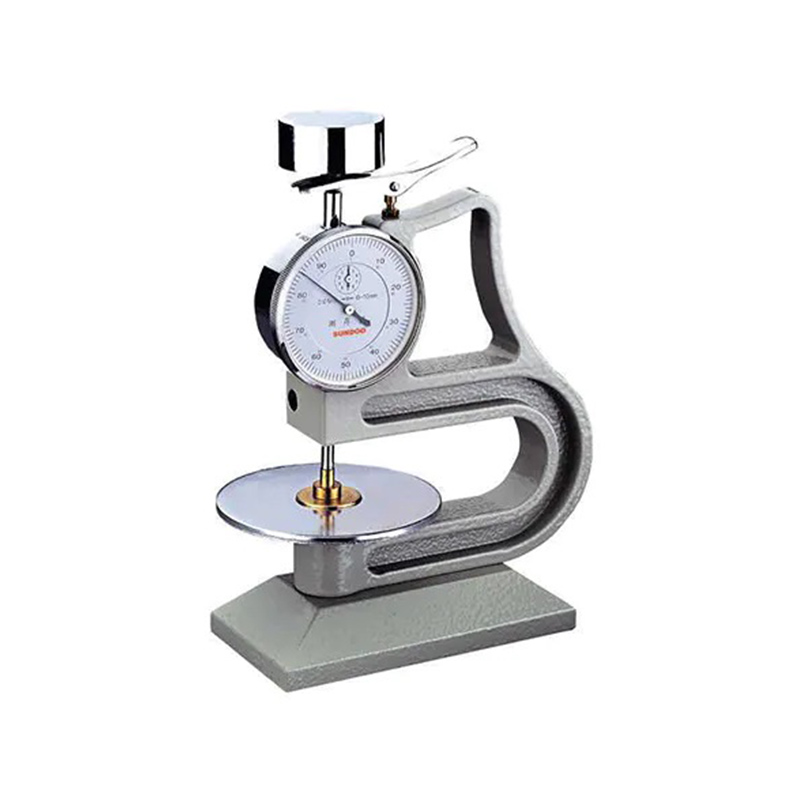
Before delving into the selection process, it's essential to grasp why testing equipment holds such significance in the leather industry. Leather, being a natural material, exhibits variations in texture, strength, and durability. Quality assurance through rigorous testing ensures that the end products meet customer expectations and adhere to industry standards. Moreover, compliance with regulatory guidelines is imperative to prevent product recalls and maintain brand reputation.
1. Accuracy and Precision:
The primary function of testing equipment is to provide accurate and precise measurements of various material properties such as tensile strength, tear resistance, flexural endurance, and abrasion resistance. Prioritize equipment that offers high levels of accuracy and repeatability to ensure reliable test results.
2. Versatility:
Leather encompasses a wide range of applications, from apparel and footwear to automotive upholstery and furniture. Opt for testing equipment that accommodates diverse testing requirements, allowing for flexibility in assessing different material properties across various applications.
3. Compliance with Standards:
Regulatory bodies such as ASTM International, ISO, and EN (European Norms) establish standardized testing methods and performance criteria for leather materials. Ensure that the selected equipment complies with relevant industry standards to facilitate integration into quality control processes and regulatory compliance.
4. User-Friendly Interface:
Ease of operation is paramount, especially for technicians and operators tasked with conducting routine tests. Choose testing equipment equipped with intuitive user interfaces and clear instructions to minimize training time and mitigate the risk of human error.
5. Data Management Capabilities:
Efficient data management is essential for organizing test results, tracking material performance trends, and facilitating decision-making processes. Look for equipment that offers comprehensive data storage and analysis features, including software compatibility for integration with existing systems.
6. Maintenance and Support:
Regular maintenance is essential to uphold the performance and longevity of testing equipment. Prioritize suppliers that offer reliable technical support, calibration services, and readily available spare parts to minimize downtime and ensure uninterrupted operation.
7. Cost-effectiveness:
While quality should never be compromised, consider the overall cost-effectiveness of the equipment, including initial investment, operational costs, and long-term maintenance expenses.
In the process of selecting appropriate leather material testing equipment, it's crucial to consider the specific devices that can effectively assess various properties. Here are some devices commonly utilized in the industry:
1. Universal Testing Machine For Footwear (Dual Column) GT-K01
This universal tensile tester is designed for conducting tensile, compression, bending, shearing, bonding strength, peeling, tearing and other tests for shoes ,rubber, plastic, leather, metal, nylon line, fabric, paper, aviation, packaging, construction, petrifaction, electrician, vehicle and other materials. It is a basic equipment of quality control, receiving inspection, physical test, mechanics research, material development.
2. IULTCS & Veslic Leather Tester GT-KC01-1
This IULTCS & Veslic Leather Abrasion Tester is used for color fastness testing of leather, plastic and textile. Under the specified pressure, let white wool felt to do reciprocating abrasion to the surface of dye sample. After a specified count, to assess the color fastness of sample by checking the color change and fading of sample and the discoloration of white wool felt. Rubbing Fastness Tester can be used for dry abrasion testing and wet abrasion test.
3. Bally Leather Tester GT-KC10A
This Bally resistance flexing tester is used to determine the resistance of a material to cracking or other types of failure at flexing creases. The method is applicable to all flexible materials and in particular leathers, coated fabrics and textiles used in footwear uppers.
4. Thickness Gauge ( Leather ) GT-KD07
The thickness gauge is used to measure the thickness of vulcanized rubber and leather products. Clamp specimen between up and down parallel round plates. The pointed graduation is the thickness.

Universal Testing Machine For Footwear

IULTCS & Veslic Leather Abrasion Tester

Bally Leather Flexing Tester

Thickness Gauge ( Leather )
Selecting suitable leather material testing equipment requires careful consideration of various factors, including accuracy, versatility, compliance with standards, user-friendliness, data management capabilities, maintenance support, and cost-effectiveness. By prioritizing these key considerations, leather manufacturers can invest in equipment that enhances quality control processes, ensures product integrity, and ultimately, contributes to customer satisfaction and brand reputation in the competitive market landscape. By incorporating these devices into quality control processes, leather manufacturers can effectively evaluate material properties and maintain stringent quality standards throughout production.
Copyright © 2025 GESTER International Co.,Limited | All Rights Reserved
Hello, please leave your name and email here before chat online so that we won't miss your message and contact you smoothly.